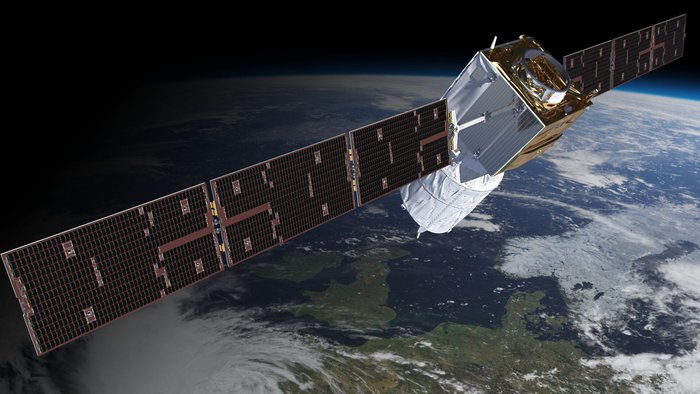The wind hunter Aeolus is three years old: launched on 22 August 2018, the experimental satellite of the European Space Agency (ESA) studies the distribution of terrestrial winds with an accuracy never achieved before, to obtain ever more detailed information on weather, climate and pollution. He also made his valuable contribution during the Covid-19 emergency, when the cancellation of many scheduled flights had reduced the acquisition of weather data. Aeolus has always remained operational with its innovative instrument Aladin (Atmospheric LAser Doppler INstrument), equipped with the most powerful laser transmitter operating in the ultraviolet ever built for a space application, which was built by Leonardo in the Pomezia and Campi Bisenzio thanks to the contribution ofItalian Space Agency (ASI).
It is precisely the revolutionary laser technology that, by generating pulsations of UV light sent into the atmosphere, highlights global winds, from 30 kilometers to the ground. This is a totally new approach to measuring wind from space. Aeolus can analyze areas that are not yet reachable by traditional means of detection (sounding balloons or airplanes) and therefore deepen our knowledge of the winds, bringing benefits to many daily work activities such as agriculture or navigation. In 2020, the ESA made public the data collected by the satellite and therefore potentially usable by weather forecasting centers around the world. This result means that the Aeolus measurements have been considered reliable and can be integrated with the currently existing weather references,thus achieving the goal of its mission.
Leonardo's engineers and experts are already at work to develop a new and even more performing laser, in order to be ready to create others in the event that the success of this first satellite results in the deployment of an entire constellation of satellites such as Aeolus, capable of providing data in a few hours covering the entire earth's surface.









